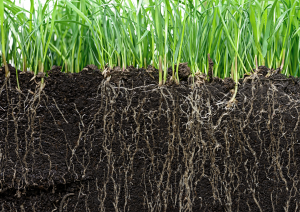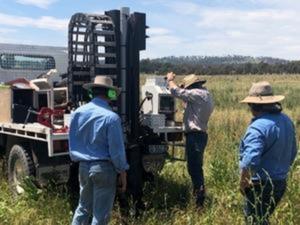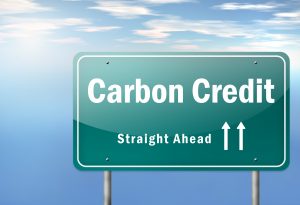
Dennis Donohoe, farm manager with Aminya Pastoral, is a seasoned producer with decades of experience, and his story is a testament to how even minor changes in farming practices can lead to significant improvements in productivity and land health.
Carbon is a strange new world with lots to understand. We are excited to share with you the first in a series of Soil Carbon related articles to provide you with the latest information. To start, lets look at the basic terminology. If none of this is new to you – keep an eye for upcoming article with more advanced sections.

1. What is a carbon credit? One carbon credit anywhere in the world equals 1 tonne of carbon dioxide (CO2) equivalent (called CO2e). One tonne of methane is roughly 25t CO2e and one tonne of nitrous oxide is roughly 310 t CO2e. This reflects that the other gasses have greater heating capacity that carbon dioxide.
However even though they are all the same unit, they may have different values depending on the integrity of the measurement and value placed on it by the market. Eg a shonky credit from a wind farm in India may be worth $2/t, an Australian Carbon Credit Unit (ACCU) from waste stream gas is currently worth $35/t, an ACCU from some forestry projects is worth $37/t and an ACCU created under a burning method on indigenous land is currently worth $42/t.
2. How are carbon credits measured? In Australia, an ACCU must be created under a METHOD, which is determined by the Clean Energy Regulator (CER), a federal body. Methods are like very detailed recipes which lay out stringent rules on how to create, measure and account for credits. There are currently 37 methods in Australia and there are plans to add about five per year. After 10 years and several iterations, some of the methods are becoming useable in the real world!! Over the next two years, new methods in the agricultural sector will make it more beneficial for land owners to become involved, but much more complex to calculate the outcomes.
3. What happens with a credit when you have some? In order to create the credit, you will have been following the recipe of a method and will have passed an audit which says you can create the credits. When the regulator has ticked off on them, they will be created in your own Australian National Registry of Emission Units (ANREU) account. This account tracks the certificates type, location and ownership in a Government run electronic system.
When they have been issued, they may be used to offset your own emissions and retired, traded for income (usually with an emitter who will retire them) or held for future use or sale. They do not have to be used when they are created.
 4. What is the difference between emission reduction and sequestration? Reducing emissions may be able to earn credits in agriculture from 2024. These might include lowering methane emissions, lower fuel usage or reducing nitrogenous fertilizer use. Essentially it means you would lower your CO2 emissions.
4. What is the difference between emission reduction and sequestration? Reducing emissions may be able to earn credits in agriculture from 2024. These might include lowering methane emissions, lower fuel usage or reducing nitrogenous fertilizer use. Essentially it means you would lower your CO2 emissions.
Sequestration on the other hand draws down CO2 from the atmosphere via photosynthesis, and stores that carbon in trees and soil. For sequestration to be real, the carbon drawn down must be permanent. I.e. it must remain in the landscape rather be returned to the atmosphere.
5. Permanence and newness. An avoided emission does not have a permanence period but must have a new activity associated with its reduction. In other words it must be more than “business as usual”. However sequestration projects require both permanence and a new activity. Technically, permanence means that sequestered carbon will be retained for 100 years.
However, sequestration projects in Australia now offer the choice between a 25 year permanence period and a 100 year permanence period. This is because very few people would do a project with a 100 year permanence period. There is a 20% penalty if you choose a 25 year period. That means that 20% of all credits created going forward, will be lost to make up for the shorter period. Your permanence period starts from the first crediting event.
 6. What is a carbon project? To earn ACCUs, a project has the following characteristics;
6. What is a carbon project? To earn ACCUs, a project has the following characteristics;
I trust your head is full of acronyms and terms now! We’d love to know what other questions you’d like answered. Please email info@rcsaustralia.com.au with your feedback so we can include the most helpful information in future articles.
If this article has raised your interest in getting underway, please get in touch with RCS on ‘how to sequester carbon’. We also recommend approaching CarbonLink™, our Official Project Partner, as a quality, experienced developer.
Author:

RCS Co-Founder
Have a listen to ‘The Financial Bloke’s’ Podcast interview with Terry McCosker, discussing the initial findings of one of the world’s largest Carbon Credit trials and more.
Farmers Helping Farmers Podcast interview with Terry – Rewarding Farmers For Their Natural Capital
Profitable Paddocks is our educational newsletter sent to your email inbox every quarter.
Click the Bell for the latest blogs.

Dennis Donohoe, farm manager with Aminya Pastoral, is a seasoned producer with decades of experience, and his story is a testament to how even minor changes in farming practices can lead to significant improvements in productivity and land health.
Once you have ownership as to why planning is important, the next ingredient is to work out where and how you will do your planning. When you write something down you change your relationship with the content. I cannot emphasise enough the power of getting your thoughts and plans out of your head onto paper or the computer.
The season in SA and Tassie is particularly tight right now with little or no useful rain since early January and a generally failed 2023 spring prior to that. Right now, across southern Australia and much of the eastern NSW, you won’t need to drive far out into the countryside to see cattle and sheep grazing (and lying on) hay and silage trails lined across paddocks.
Martha Lindstad and partner Robert James are farm managers on ‘Karalee’, Enngonia NSW. Both have travelled different paths to being where they are. Martha is originally from Norway, growing up on a three hectare farm before travelling to New Zealand and eventually the Pilbara in Western Australia. It was here that she saw the benefits of sustainable farming for the country and livestock.
The Prince’s RCS mentor, Raymond Stacey, sees a strong future ahead for Simon and Laura. “The Drought Resilient Soils and Landscapes project is about supporting graziers to manage their country and businesses better,” Raymond said. “I see an operation here where they’re working hard on their planning and putting their plans into action to leave their country, business and people in better shape.”

Join our mailing list
